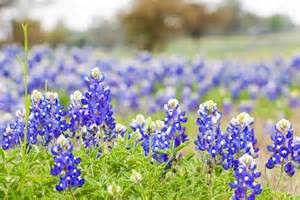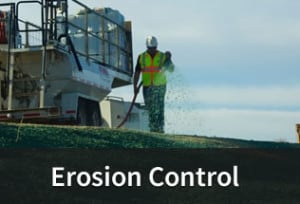There are countless species of plants on earth, and many of them are incredibly beautiful and look like works of art. However, not all plants will thrive in every environment. A cactus might not grow well in the Arctic, and a pine tree might find life in the desert a little difficult.
Here are some simple concepts you’ll want to know before you decide on plantings for your residential home or commercial property. Learning about climate zones can improve the effectiveness of your erosion control efforts and the money you spend on maintaining the property.
Using the Plant Hardiness Zone Map
There’s no need to guess whether a particular plant will thrive on your Texas property. The Untied States Department of Agriculture maintains a helpful map that divides the country into “hardiness zones” where each zone is assigned a number (and sometimes a letter).
Over the years, researchers have refined and expanded upon the zone’s details to provide a helpful and accurate picture for successful planting.
Did You Know? Many plants available from standard garden centers feature numbers and letters that will let you know its best zones.
Texas A&M offers a simple map to help you figure out what plants are best for planting around the state.
What Plants Survive Well Around Dallas?
If you own a property around the Dallas area, there are hundreds of plants and trees that will thrive when you plant them in a commercial field, residential yard, or virtually anywhere in the region.
Large trees that survive well include black walnut, live oak, and bald cypress. Appropriate small trees include crape myrtle, desert willow, and Japanese black pine. Many grasses thrive in the Dallas area including Indian grass, big bluestem, and maiden grass.
For more information about Texas seeding & erosion control, contact Reed Hydromulch today!
What Plants Survive Well Around San Antonio & Austin?
Like Dallas, regions around San Antonio and Austin also provide many choices for beautiful landscaping plants that won’t need extra water and care throughout the year. Some local perennials grown in the region include oxblood lily, Hinckley’s columbine, and summer phlox.
Grass types that will thrive in the region include common Bermuda grass, emerald zoysia, and stampede buffalo. As you choose the grass for your lawn or commercial space, you’ll be able to choose one that fits your particular circumstances. For example, some grasses thrive in the shade while others do best in full sun.
 Saving Water With Smart Planting in Texas
Saving Water With Smart Planting in Texas
Using Texas native grasses and plants is an essential way to reduce the amount of water and resources required to maintain the land. A ground cover like grass, trees, and shrubs helps prevent erosion, but the plants chosen for erosion control duty should be a type that’s appropriate for the environment.
The Environmental Protection Agency reveals:
“Each state and even areas within states differ in their ability to support different plant species without the need for supplemental water and fertilizers.”
The most important part of that sentence is “without the need for supplemental water and fertilizers.” Plants that don’t “belong” in the area where they’re planted require extra care, which means using more water and fertilizer to keep them healthy.
Choosing plants and grasses that are native to Texas is a healthy option for the environment, and it’s also a good way to reduce utility bills associated with the irrigation of fields or small-scale watering of residential yards.
